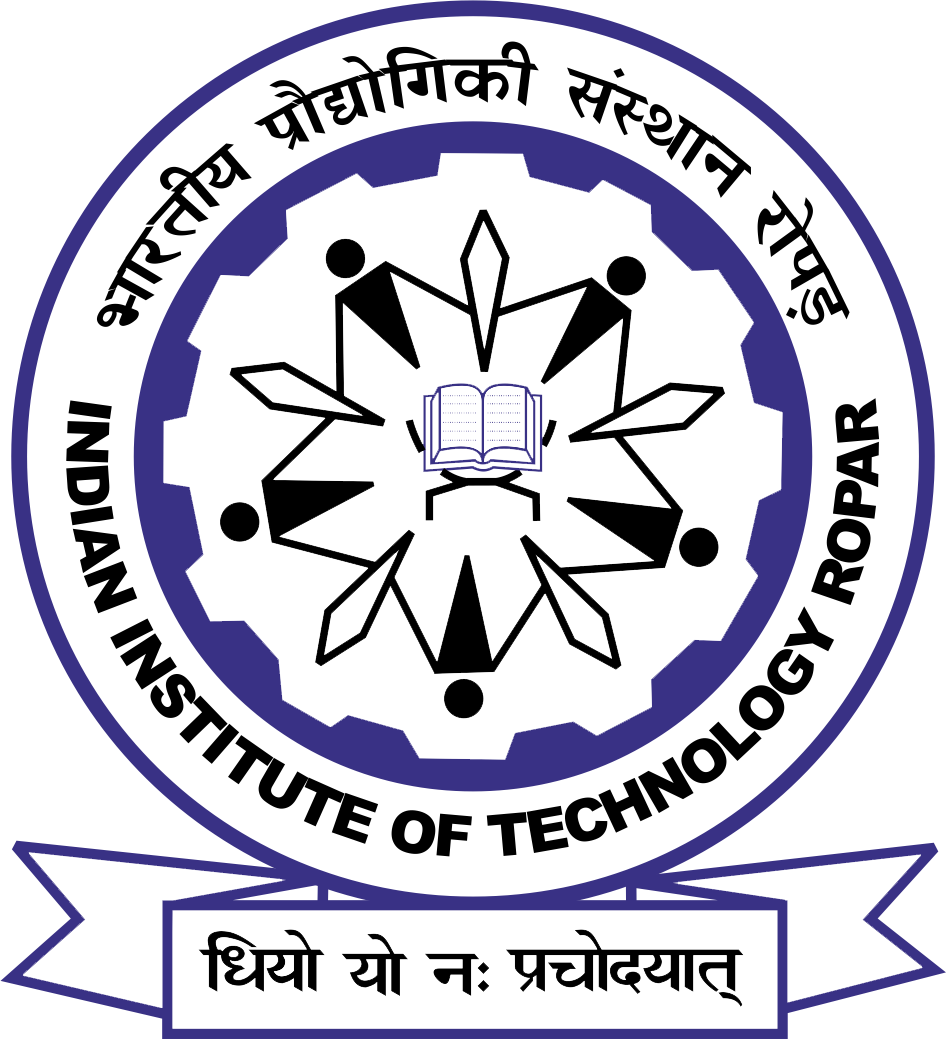Sustainable Mobility and Green Energy
Clean energy is one of India’s most promising areas of research, keeping in mind the government of India’s ambitious target to reach net zero emissions by 2070 and meet 50% of its electricity requirements from renewable energy sources by 2030. The states of Punjab and Haryana are facing the severe challenge of poor air quality index and due to residual burning in these states impact of climate change is quite significant. On the other hand State of Himachal Pradesh is also primarily impacted by the changing climatic and environmental degradation. Therefore, these States require a substantial push in the clean energy field to promote renewable energy usage and move towards zero- emission energy sources to mitigate environmental pollution. Moreover, the challenge of power supply and circulation in the region must be addressed by alternative energy sources. Hence it calls for developing and exploring clean and green energy capacity. The S&T cluster will focus on developing the institutional setup of the power sector in Punjab, Haryana, and Himachal Pradesh. Chandigarh’s efforts to be a Model City for Renewable Energy in India will be disseminated in the region. The cluster will support specific projects in the field of solar energy, electric vehicles, solar photovoltaic-based technologies and biogas development programs. Presently, 95% of the world’s photovoltaic (PV) market is dominated by crystalline silicon (c-Si) solar cell technology, and India is projected to achieve 280 GW of solar energy by 2030. Apart from stability and long lifespan, the easy availability of silicon makes it an ideal candidate for the PV industry. However, the bandgap of o-Si is 1.leV and makes it insufficient to absorb lower wavelength light thus resulting in thermalization losses. To cope with this issue, advancement has been made by integrating higher bandgap material solar cells with the existing c-Si solar cell and such technologies are referred to as monolithic tandem solar cells.



